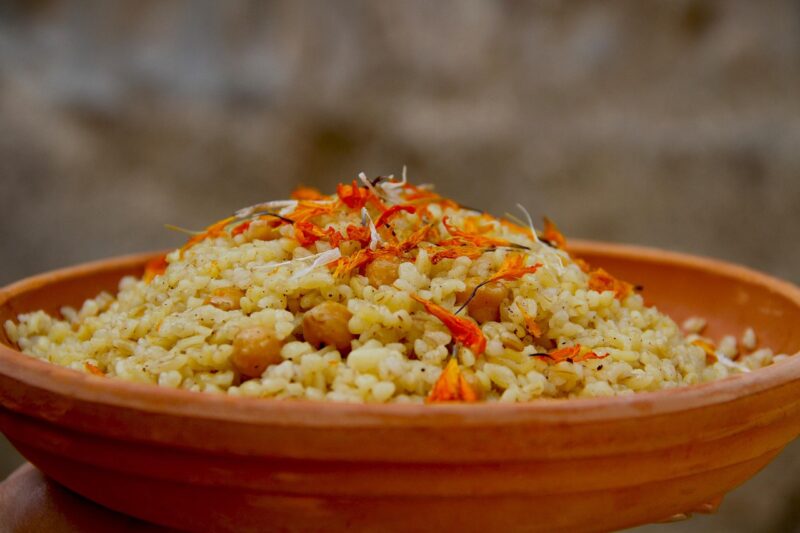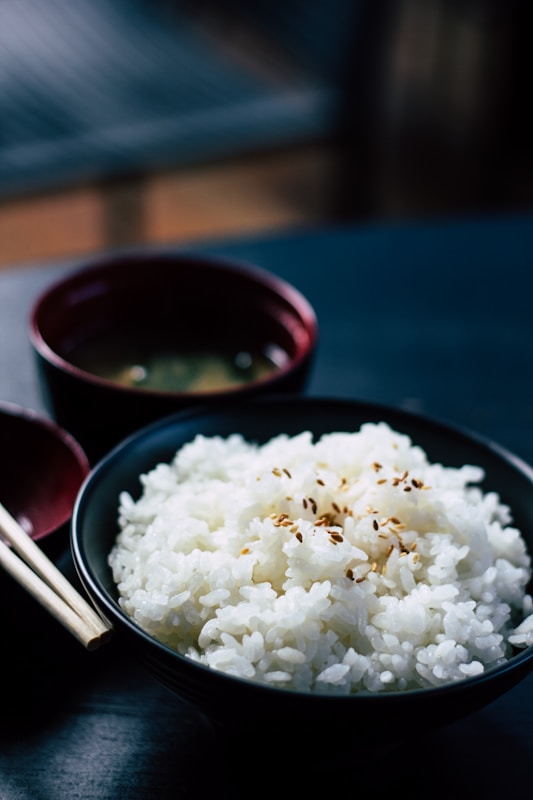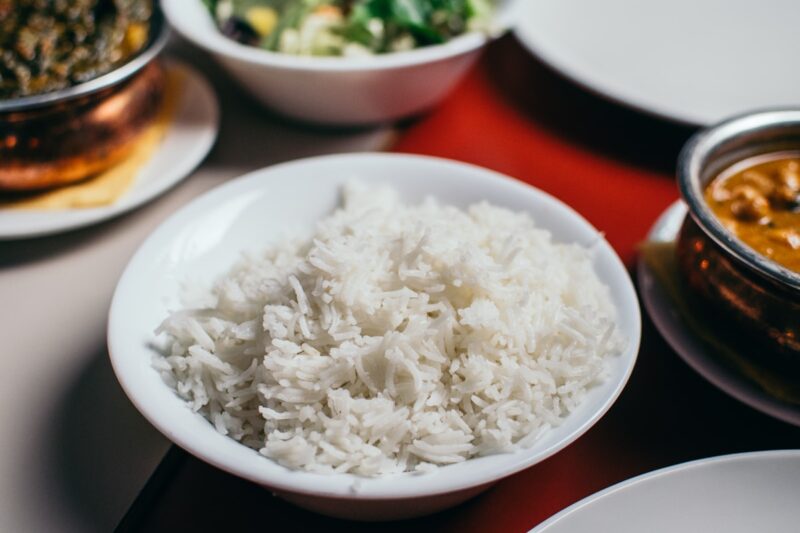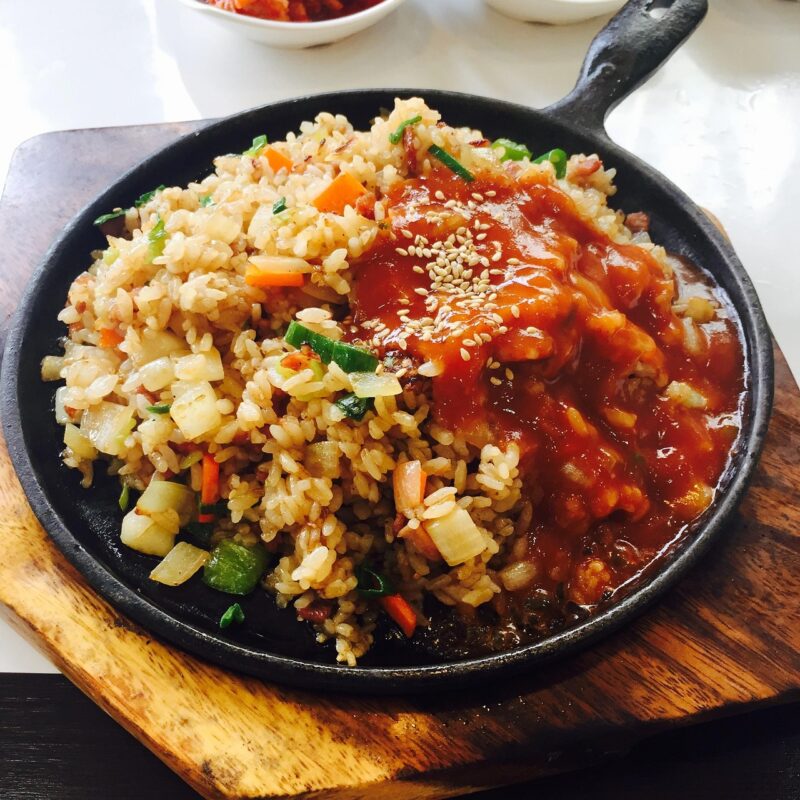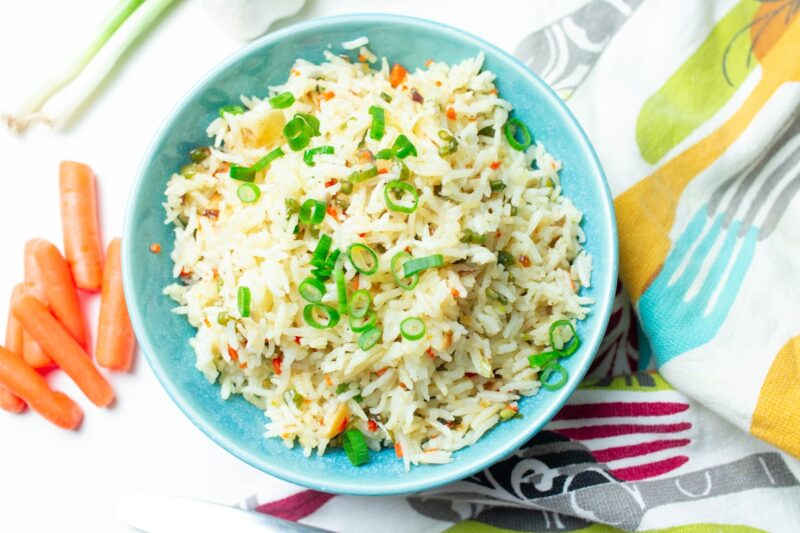Cooking rice is a staple in many homes around the world, and understanding how to store and preserve it can be invaluable. If you’ve found yourself frequently cooking more rice than you can eat, you might wonder:
Can you freeze cooked rice? The answer is a resounding yes! But like any preservation method, there are best practices to follow for optimal quality. In this blog post, we’ll explore the why and how of freezing cooked rice, as well as its benefits, potential pitfalls, and creative ways to use it in meals long after it’s been cooked.
The Benefits of Freezing Cooked Rice
Freezing cooked rice offers multiple advantages. First and foremost, it’s economical. By freezing, you reduce food waste, giving you the ability to enjoy a meal you’ve prepared without the pressure of eating leftovers within a few days. Additionally, having frozen rice on hand saves time during busy nights when cooking a meal may feel overwhelming.
Moreover, cooked rice freezes exceptionally well, maintaining much of its texture and flavor when done correctly. Each grain has the potential to be fluffy when reheated, which is often a concern for home cooks.
Quick Tip
To maximize the benefits of freezing, remember to portion out your cooked rice before freezing. Smaller, resealable bags or containers are ideal, making it easy to thaw just what you need without defrosting the entire batch.
The Freeze Process: Preparing Rice for the Freezer
Now that we understand the benefits, let’s look at how to properly prepare cooked rice for freezing. It’s imperative to ensure the rice is treated with care, as improper freezing can lead to a mushy texture upon reheating.
Cook Your Rice: Start with your favorite type of rice, whether it’s Jasmine, basmati, or brown rice. Cook it as you usually would, following the appropriate water-to-rice ratio for the specific type.
Cool It Down: Once the rice is cooked, spread it out on a baking sheet or shallow pan to cool it down quickly. This step is crucial because it helps prevent clumping when it’s frozen. Ideally, allow the rice to cool to room temperature in about 30 minutes.
Portion It Out: Once cooled, divide the rice into portions that suit your meals. This makes it easier to manage during the thawing process.
Use Airtight Containers or Bags: Store the portioned rice in freezer-safe containers or heavy-duty freezer bags. Remove as much air as possible before sealing to prevent freezer burn.
Label and Date: Don’t forget to label your packages with the date and type of rice. This will help you keep track of what you have and when it needs to be used.
Freeze: Place your bags or containers in the freezer. Cooked rice can typically be frozen for up to six months, but for best quality, aim to use it within three months.
Thawing and Reheating Cooked Rice
Once it’s time to enjoy your frozen rice, it’s crucial to know how to properly thaw and reheat it to maintain optimal texture and flavor.
Thawing Options
Microwave: This is the quickest method. Simply take the desired portion of frozen rice and place it in a microwave-safe bowl. Add a splash of water (to create steam) and cover with a damp paper towel. Microwave on high for 1-2 minutes, stirring halfway through.
Stovetop: If you prefer the stovetop method, add the frozen rice directly to a saucepan with a few tablespoons of water. Cover and warm over low heat, stirring occasionally until the rice is heated through.
Refrigerator: If you have a little more time, transfer the frozen rice to the refrigerator the night before you plan to use it. By morning, it should be thawed and ready to heat.
Reheating for Texture and Flavor
When it comes to reheating, be mindful not to overcook, as this may lead to a sticky or gummy texture. The goal is to warm it through, so keep your temperatures moderate and use steam or a little water to refresh the rice.
Different Types of Rice and Their Freezing Qualities
Not all rice varieties hold up equally well when frozen. Here’s a look at some of the most common types and how they perform in the freezer.
White Rice: Jasmine and basmati rice are great candidates for freezing. They tend to maintain their fluffy texture and absorb heat well upon reheating.
Brown Rice: This whole grain option offers a nutty flavor and more nutritional benefits. It freezes nicely but can require a bit more time to reheat due to its denser structure.
Sticky Rice: Commonly used in Asian cuisines, sticky rice can be frozen without much issue. However, its texture might not be as optimal for stir-fries or salads after reheating.
Wild Rice: This grain is unique and can withstand freezing quite well. It has a chewier texture but can be a bit harder to reheat without overcooking.
Flavored Rice: If you’ve cooked rice with added spices or sauces, be prepared for a different texture and taste after freezing. It will still be edible, but the flavors may change slightly.
Anecdote: A Rice Story
I remember one week when I meal-prepped for my busy schedule, cooking up a massive batch of Thai jasmine rice. I portioned it out, froze it, and felt all set. Fast forward to a night when I was tired after work, and I popped a portion in the microwave. In minutes, I had that lovely jasmine scented rice ready for a quick stir-fry. The convenience of that meal made me thankful for my freezer!
Nutritional Aspects to Consider
Freezing cooked rice can also impact nutritional quality, but often, that change is minimal. Rice is primarily a source of carbohydrates, but it can also provide varying amounts of fiber, vitamins, and minerals depending on the type.
Carbohydrates: Rice is an excellent source of energy, especially when consumed post-freezing and reheating.
Fiber: Whole grain varieties, like brown rice, retain their fiber content, even after freezing and reheating.
Vitamins and Minerals: Thiamine, niacin, and manganese can diminish slightly during the freezing process, but the overall nutritional profile largely remains intact.
Food Safety: Be cautious about how long rice is stored in the freezer. Beyond six months, the risk of spoilage increases, and the quality diminishes.
Using Frozen Rice in Your Meals
Once you’ve successfully frozen cooked rice, the next question is, “What can I make with it?” Here are some delightful dishes that utilize frozen rice.
Stir-Fries
Frozen rice is an excellent base for stir-fries. Simply toss it into a hot pan with your choice of veggies, protein, and sauce. The rice will warm up and absorb flavors beautifully.
Soups and Stews
Add a handful of frozen rice to soups and stews to make them more filling. It will absorb the broth’s flavors while adding necessary bulk.
Casseroles
Take advantage of the ease of frozen rice in casseroles. Mix it with beans, vegetables, and a protein, bake with cheese on top, and you have a comforting meal ready in no time.
Rice Bowls
Customize rice bowls with your desired toppings, such as avocado, beans, grilled chicken, or whatever you have on hand. The frozen rice acts as the base, and you can create a different meal each time.
Fried Rice
A classic use for leftover rice, fried rice can be elevated using frozen rice. Sauté it with eggs, vegetables, and soy sauce for a quick and satisfying dish.
Common Mistakes When Freezing Cooked Rice
While freezing cooked rice can be a straightforward process, several common missteps can affect quality. Being mindful of these pitfalls can enhance your experiences with frozen rice.
Not Cooling Properly: Skipping the cooling step can lead to clumping and an undesirable texture.
Freezing in Large Portions: Irregular portions make it tricky to thaw only what you need. Smaller portions are far more manageable.
Ignoring Storage Time: Rice left too long in the freezer may suffer from freezer burn or lose its flavor.
Inadequate Sealing: Air can compromise the quality of your frozen rice. Ensure it’s airtight before submitting it to the freezer.
Helpful Storage Hacks
Use a vacuum sealer for long-term storage of rice.
Consider using ice cube trays for portioning smaller servings.
Label bags with the type of rice to avoid confusion later.
The Environmental Impact of Freezing Rice
Many home cooks overlook the environmental implications of food storage methods, including freezing. While freezing can reduce waste, it’s essential to consider the energy used in the freezing process and how it ultimately affects your eco-footprint.
Energy Consumption: Freezers use electricity, so keeping one stocked should be balanced with energy efficiency. Investing in a newer, energy-efficient freezer can mitigate this impact.
Minimizing Waste: The primary environmental advantage of freezing is the reduction of food waste. By not throwing out leftover rice, we contribute positively to the environment.
Plastic Waste: Consider using reusable freezer bags or containers to minimize single-use plastic waste, aligning your frozen rice practices with sustainable habits.
Conclusion
Freezing cooked rice is not only possible but also beneficial in a multitude of ways. From saving time in busy weeks to reducing waste and creating delicious meals, understanding the process can empower you in the kitchen. By learning to prepare, store, and use your cooked rice effectively, you’ll make the most out of each batch you cook.
So the next time you find yourself with extra rice, remember: it’s not just leftovers; it’s an opportunity waiting in your freezer. Enjoy the convenience and the versatility of having a meal-starter readily available at your fingertips!



